Average sizes and life expectancy for this breed:
Himalayans are gorgeous cats with the body and coat of a Persian, but the colour, pattern and stunning dark blue eyes of the Siamese. A man-made breed, this cat is a cross between a Persian and Siamese, coming in a wide range of pointed colours.
Considered as one of the most recognizable and oldest cat breeds, the Himalayan are part of the Persian Breed Group that includes the Persian and the Exotic Shorthairs. These breeds share the same body type but differ in their coat type. The Exotic Shorthair has short, coarse hair, while the Himalayan and the Persian have long, luscious fur. These beautiful cats are known for their flat face, large rounded eyes and fat cheeks.
Gentle and calm, the Himalayans choose to be in a quiet environment. They are very relaxed and prefer lounging on a sofa with their human companion. Himalayans communicate with their expressive eyes and their soft, harmonious voice. They are an adaptable breed and enjoy living with any family who gives them lots of love and attention.
Compared to the other breeds in the Persian Breed Group, the Himalayans are docile but will display sudden bursts of kitten-like actions. You can see them napping in one corner then suddenly burst into action, running and rolling around the household. This cat breed loves to play with interactive toys, catnip mice, and chase balls. Still, because of their laid back personality, you have to encourage them to exercise daily.
Himalayans love to be next to their human companion. You can frequently find this cat sleeping in bed or in the lap of their human companion when they are in the mood for some love and attention. Unlike some other cat breeds, Himalayans don’t mind changes to their routine – just make sure that you provide them plenty of love, interaction and attention.
These cats are considered the “gentle giant” in the cat world. Despite their large size, they have a sweet, mild, yet playful nature. However, if you are considering a low-maintenance cat breed, this breed may not be the right companion for you as their long and silky coat needs daily care.
See available kittens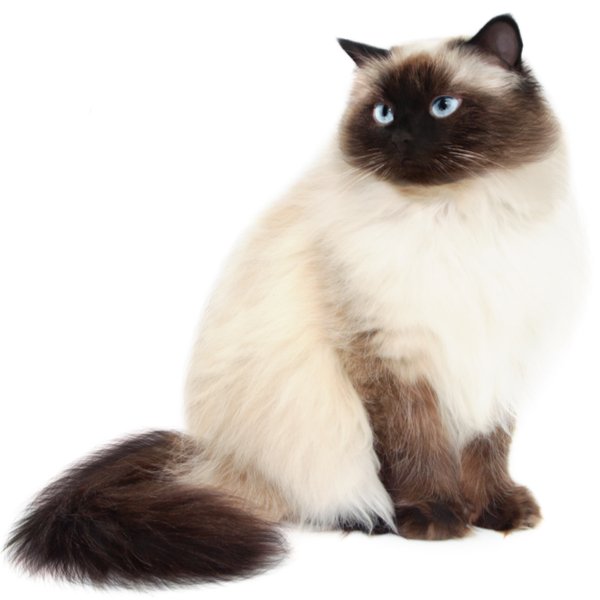

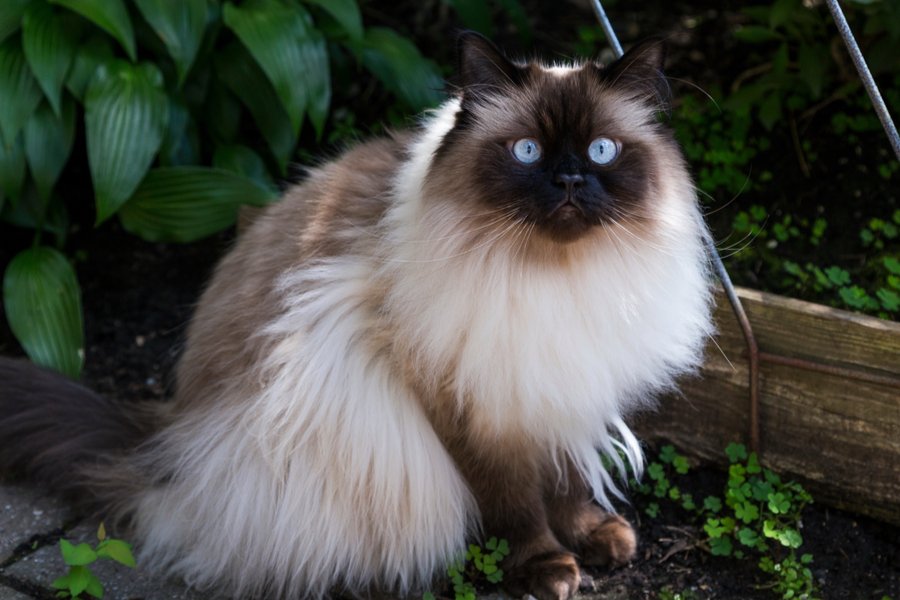


In 1931, cat breeders Virginia Cobb and Dr. Clyde Keeler started an experimental breeding program and produced the first Himalayan kitten named "Newton's Debutante". In the 1950s, Ben Borrett led a similar breeding program to produce a longhair Colorpoint cat in Canada. Thanks to these efforts, in 1955, the GCCF recognized the Himalayan as a Colorpoint Longhair.
Due to World War II, breeding slowed down. So following the war, American breeder Marguerita Goforth bred a longhaired cat with seal point colouring, starting a breeding program to produce a Persian type cat with Siamese cat markings. She was the pioneer of getting the Himalayan breed recognized for Championship and American associations in 1957 as the Himalayan.
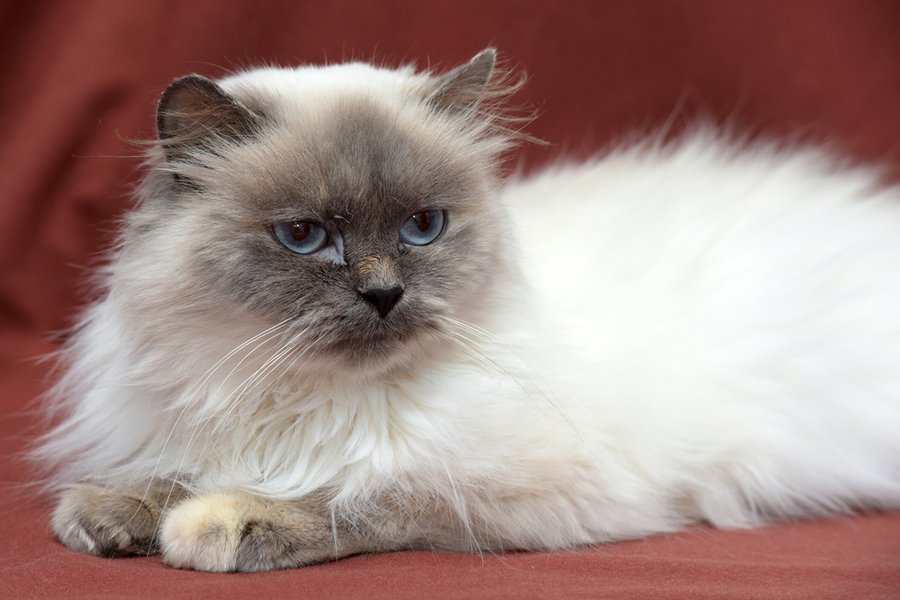
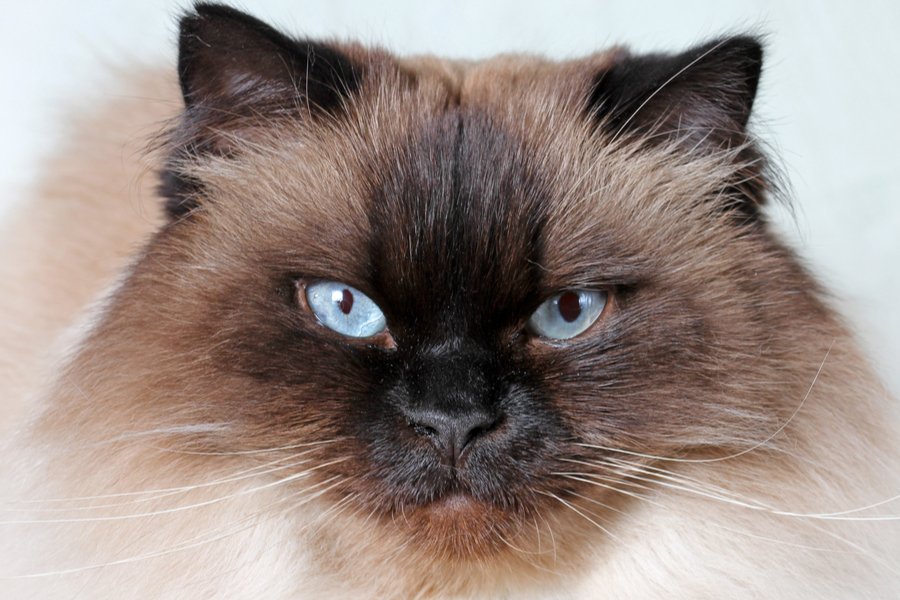
The Himalayan is medium to large cats with a short cobby body that is correspondingly massive across the shoulders and rump. Their large head is round and smoothed domed, sitting on a short, bushy neck. Himalayans should have perfect teeth occlusion, a robust and well-developed chin, and heavy boning
Their large eyes are round and set far apart, which gives the cat a sweet expression. Their short nose is snub and broad with a break centred between their eyes. Their small ears are rounded at the tip and set far apart and low on their head. Their tail should be short and dense but well-proportioned to their body.
The Himalayan is compact but not fat, with a general appearance of soft roundness. Their coat is long and flowing and needs constant grooming because their undercoat can mat if not maintained and cared for. This cat breed demands a serious time obligation to keep their coat looking its best, and it takes information, tips and practice to do it correctly.
The points consisting of their ears, feet, legs, tail, and face mask should display the cat's primary colour. Their body colour should be uniform in colour, but delicate shading and darker shaded areas on older cats' coats are permitted. However, there still must be a certain contrast between their body colour and point colour.
The Himalayan is accepted in The International Cat Association in all colours and divisions. These pointed colours include cream, red, chocolate, blue, seal, tortoiseshell, blue-cream and lilac. This cat breed also has various pointed patterns, including solid point, bicolour point, tricolour point, tortoiseshell, tabby or lynx point, shaded point and smoke.
The Himalayan is a composed, affectionate and sweet cat breed. These gentle cats are calm and warm towards people. They prefer to cuddle with their human companion rather than climb up or perch on higher grounds. The Himalayas are very bright and are receptive to their human companion’s moods and emotions. Some breeders say that the Himalayans tend to talk a lot, but nothing close to their Siamese cousins.
These cats are not known to be climbers or leapers. They are frequently seen lounging or napping when they are not playing with their toys or having some quality time with their human companion. For families with children, the Himalayan is an ideal family pet because they are known to be great with children. While they are docile, they sometimes burst into kitten-like actions. One minute, they are napping; next thing you know, they are running and rolling around the house.
They will stretch next to their human companion, sleep in a bed or snuggle in their lap when they are in the mood. What’s great about the Himalayans is that they are fine with routine changes and are generally welcoming to everyone.
They adore being petted but do not demand it like some cat breeds. However, if they are not getting adequate attention, they will surely let you know with their soft meows and expressive looks from their big blue eyes. They also enjoy playing with whatever toy they can find, whether it is the most luxurious toy or just a balled-up scrap of paper.
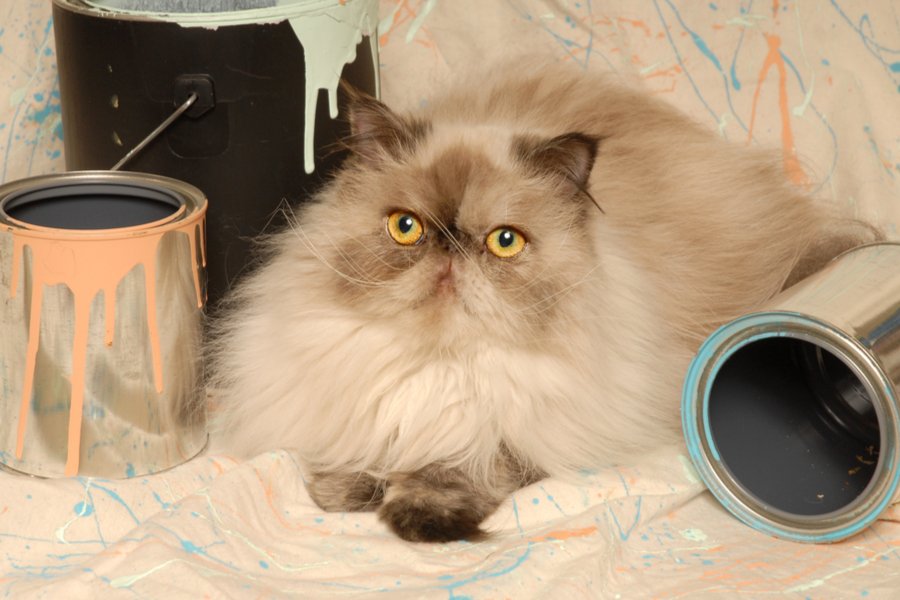
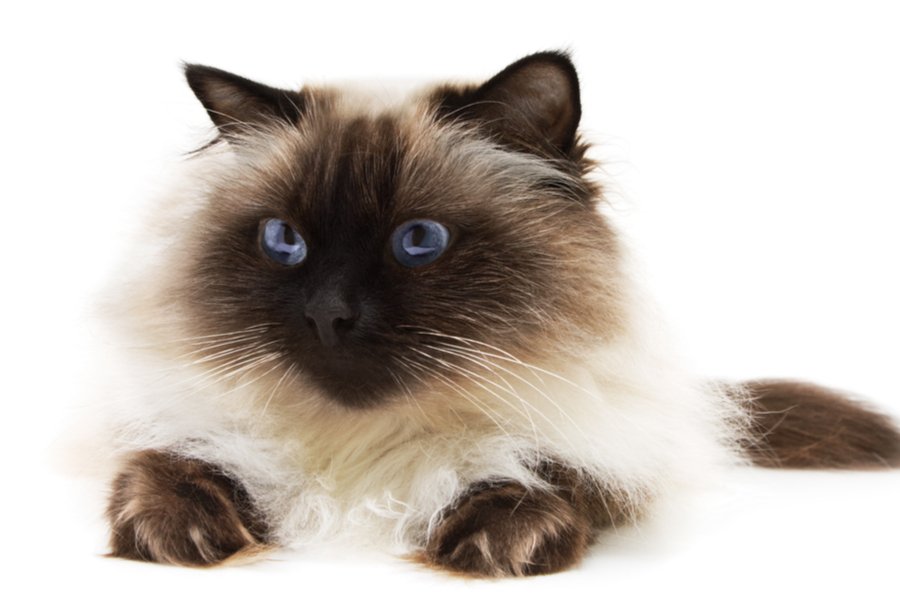
Due to their low to moderate energy level, you may need to encourage your Himalayan to do their training sessions or daily exercise. It is best to start them young, as kittens are known to be full of energy. You can begin teaching them simple tasks such as using the scratching post and the litter boxes.
As they mature, you can teach them to play games, interact with toys and follow simple commands. They may look easygoing, but they are smart. Give them puzzle toys and interactive toys to keep them active. Don’t forget to reward their good behaviour with their favourite kibble or treat.
Remember, when your Himalayan is correctly trained and familiarised with different people, animals and environment at an early age, they will blossom into a well-bred, well-behaved and well-rounded feline companion, perfect for any home.
The Himalayan’s coat needs daily attention. They require daily brushing to keep their longhaired coats from forming tangles and mats and eliminate dirt, dust and debris that clings to it. Moreover, their flat face must be wiped daily and carefully using a damp washcloth as tear stains are common.
As early as possible, train your Himalayan kitten to get used to daily grooming. Start by brushing their coat using a very soft brush that doesn’t pull their kitten hairs or hurt their skin. If they experience something unpleasant during a grooming session, your cat may have difficulty relaxing and grooming them may become a challenge.
As they mature, you will need the right tools to accommodate their adult coat needs. So, after a while, be sure to upgrade your brush. As part of their training, remember to reward your Himalayan if they behave well during the grooming session.
Dedicate time each week to examine your cat’s ears. Himalayan’s ears are prone to capturing dirt that can lead to infection and other issues. If you find dirt in your cat’s ear, use a vet-approved pet ear cleaner and clean cotton balls to remove it gently. Never use a cotton swab as this may cause serious damage to the fragile inner-ear structures. If you notice inflammation, or it smells funny, call your veterinarian for care and treatment.
Like their ears, make time each day to examine your cat’s eyes for stains and discharges. Use a clean and soft cloth to gently clean the area to remove eye discharge. Just be careful not to poke or hurt their eyes. As you clean the area of the eyes, make sure to use a different part of the cloth to avoid spreading infection.
Weekly tooth brushing is sufficient to keep your Himalayan’s teeth healthy and away from any tooth and gum diseases. In addition, protect your skin and your furniture by trimming your cat’s nails regularly using a vet-approved clipper. Examine their paws weekly to keep them healthy and injury-free.
For their bathroom hygiene, make sure to keep and maintain their litter boxes clean. Himalayans, like other breeds, are very meticulous about it. Not only does a dirty litter box make them use another place in the house to do their business, but dirty, clumped litter may stick to their long silky coats.
Lastly, it is best to keep your Himalayan as an indoor cat to protect them from acquiring feline diseases from outdoor cats. Should you allow your Himalayan to explore the outdoors, make sure to supervise them. This will prevent any unpleasant encounters such as theft or attack from another animal. In addition, due to their heat sensitivity, going outdoors may do more bad than good for your Himalayan.

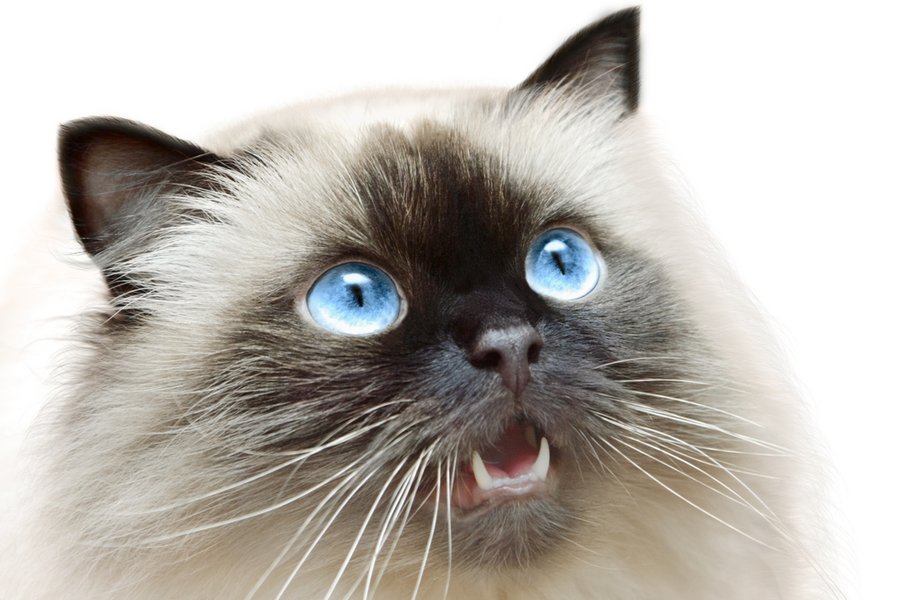
Himalayans are prone to several potential health conditions, many of which are related to their brachycephalic short, flat facial structure, such as
Because of these many health predispositions, buying a Himalayan from a trusted, reputable, and registered breeder is absolutely vital. This is because all good, ethical Himalayan breeders will run DNA and other health checks on their cats, ensuring they are not breeding cats with genetic diseases. They will also provide proof of this before purchase so do not hand over any money until you see a guarantee of your Himalayan’s health.
Himalayans are calm, easygoing and welcoming. They love playing and interacting with their human companion. Because of these traits, they are becoming a popular choice for families with children and other pets.
The Himalayan prefers relaxed, older children as they like quiet environments. Even so, they will do fine around younger children but make sure to oversee any interaction between your children and your Himalayan to avoid accidents like scratching or tail pulling.
Himalayans are happy to live with other cats, especially their kind, and cat-friendly dogs. Just remember to introduce them gradually and in a controlled area to ensure they learn to get along well together.
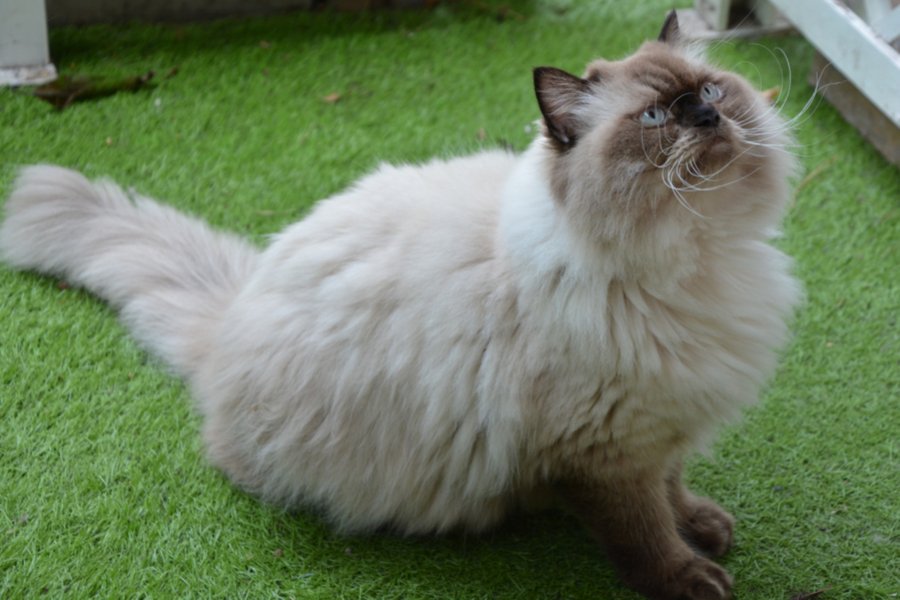
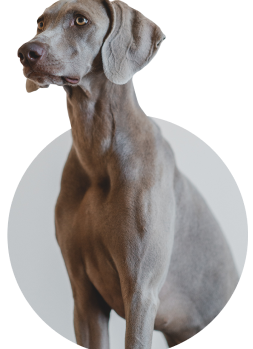
We can connect you with Breeders that are specialized in this particular breed.
See available kittens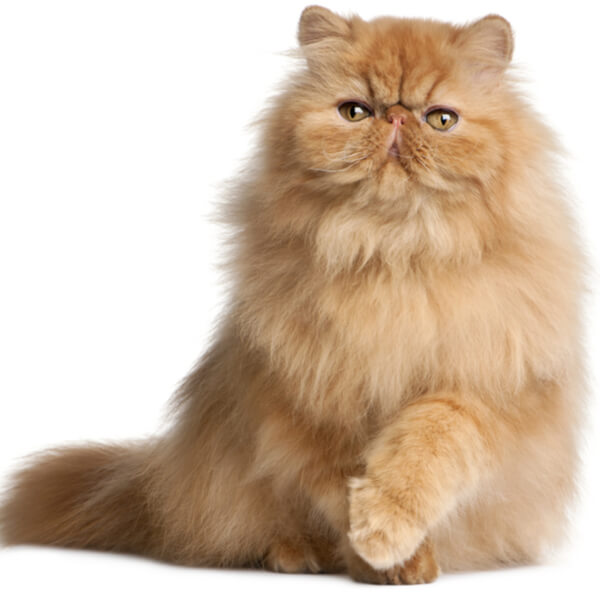
Iran
Size : Medium
Coat : Long
Registration : GCCF, TICA, CFA, FIFe
Vocality : Low
Hypoallergenic : No
Grooming : Twice a Week
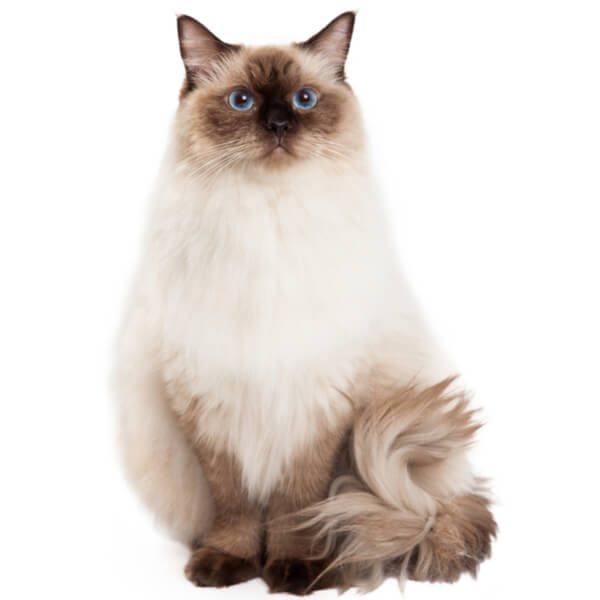
United States of America
Size : Large
Coat : Long
Registration : GCCF, TICA, CFA, FIFe
Vocality : Low
Hypoallergenic : No
Grooming : Twice a Week
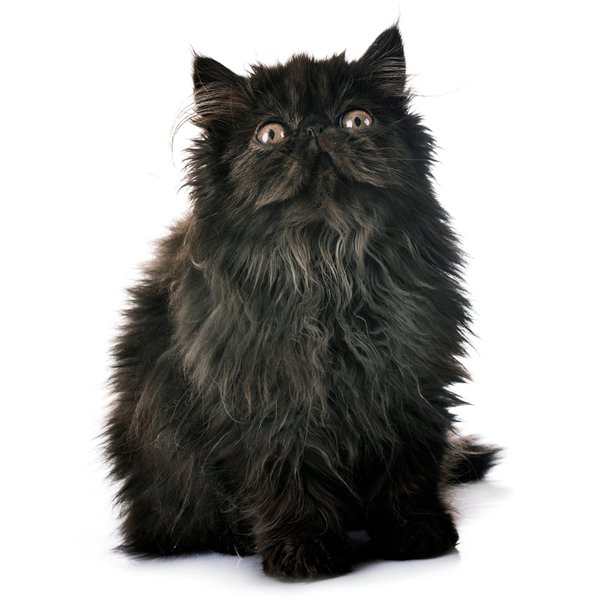
United States of America
Size : Medium
Coat : Long
Registration : GCCF, TICA, CFA, FIFe
Vocality : Low
Hypoallergenic : No
Grooming : Everyday
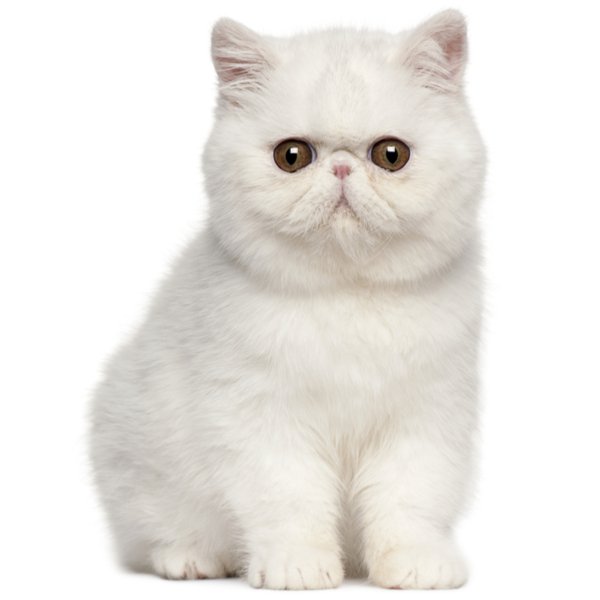
United States of America
Size : Medium
Coat : Short
Registration : GCCF, TICA, CFA, FIFe
Vocality : Low
Hypoallergenic : No
Grooming : Once a Week


Need some advice?
Whether you're a first time pet owner, an experienced pet owner, a new or long-time breeder, or just curious about pets, we've got you covered!
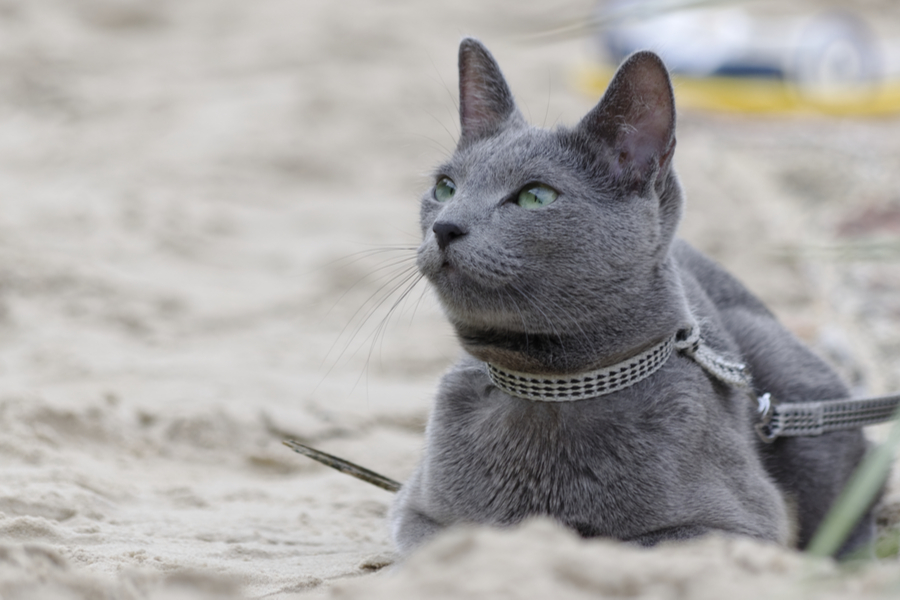
January 17, 2024
What Is The Personality Of Russian Blue Cats?
Russian Blue cats are most known for their distinctive shimmery blue-silver coat and piercing green eyes. However, this breed’s calm and gentle temperament is what makes them shine the most in the feline world.
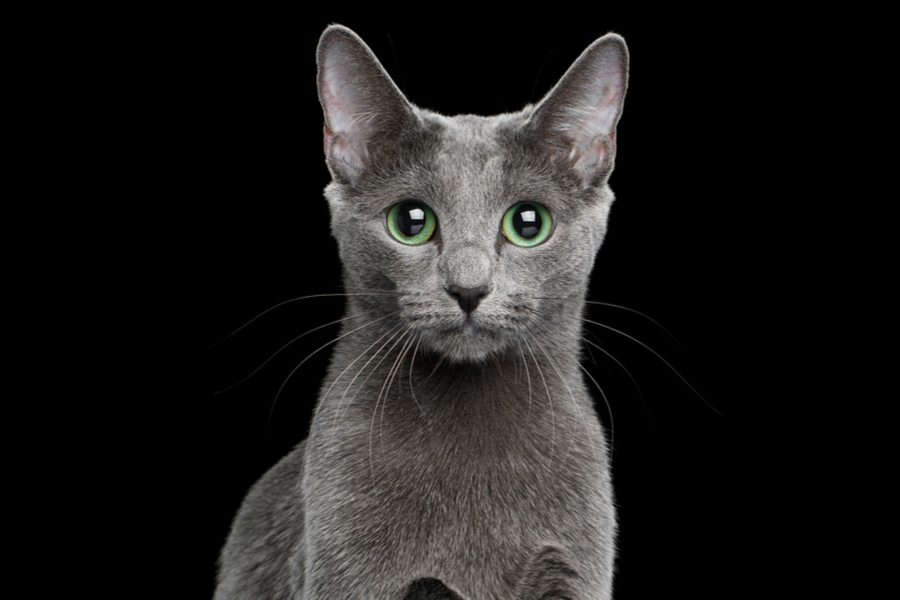
January 17, 2024
10 Facts About Russian Blue Cat Breed
Russian Blues are one of the most aesthetically stunning cat breeds, with a gorgeous plush silvery coat and vibrant green eyes. However, it’s not only their appearance that is beautiful; their nature is too.
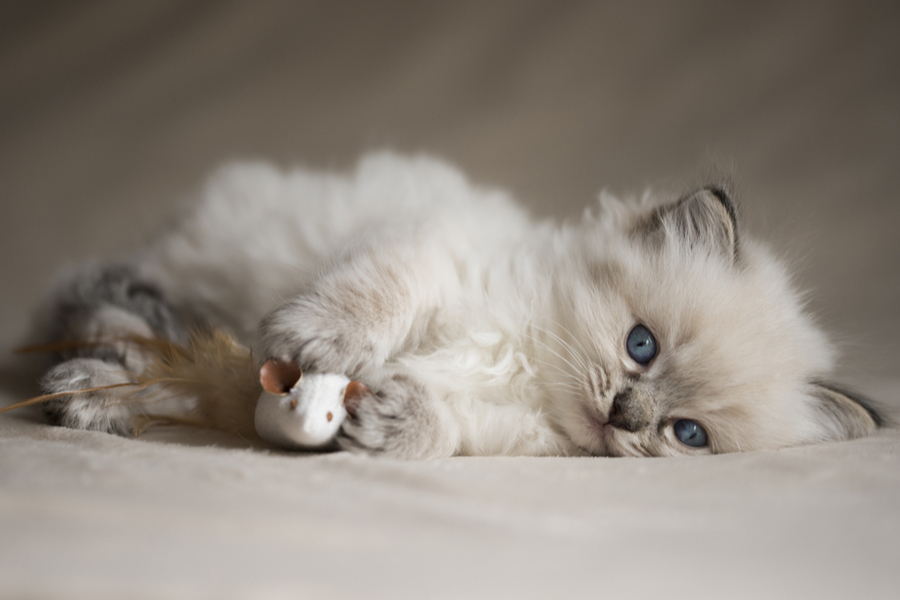
January 17, 2024
How To Choose The Right Cat Breed for You
Cats can make the most fantastic animal companions; they are adorable, friendly, and loving. However, not all felines are created equal. There are many different breeds, of which each has its unique personality traits.
Need some help?
Contact us to speak to our friendly advisor, who will gladly help you find your dream pet!



We are registered in England and Wales under registration number 12568840,
and our registered office is at 58-60 Kensington Church Street, W8 4DB London, England.
© 2023 The Pedigree Paws